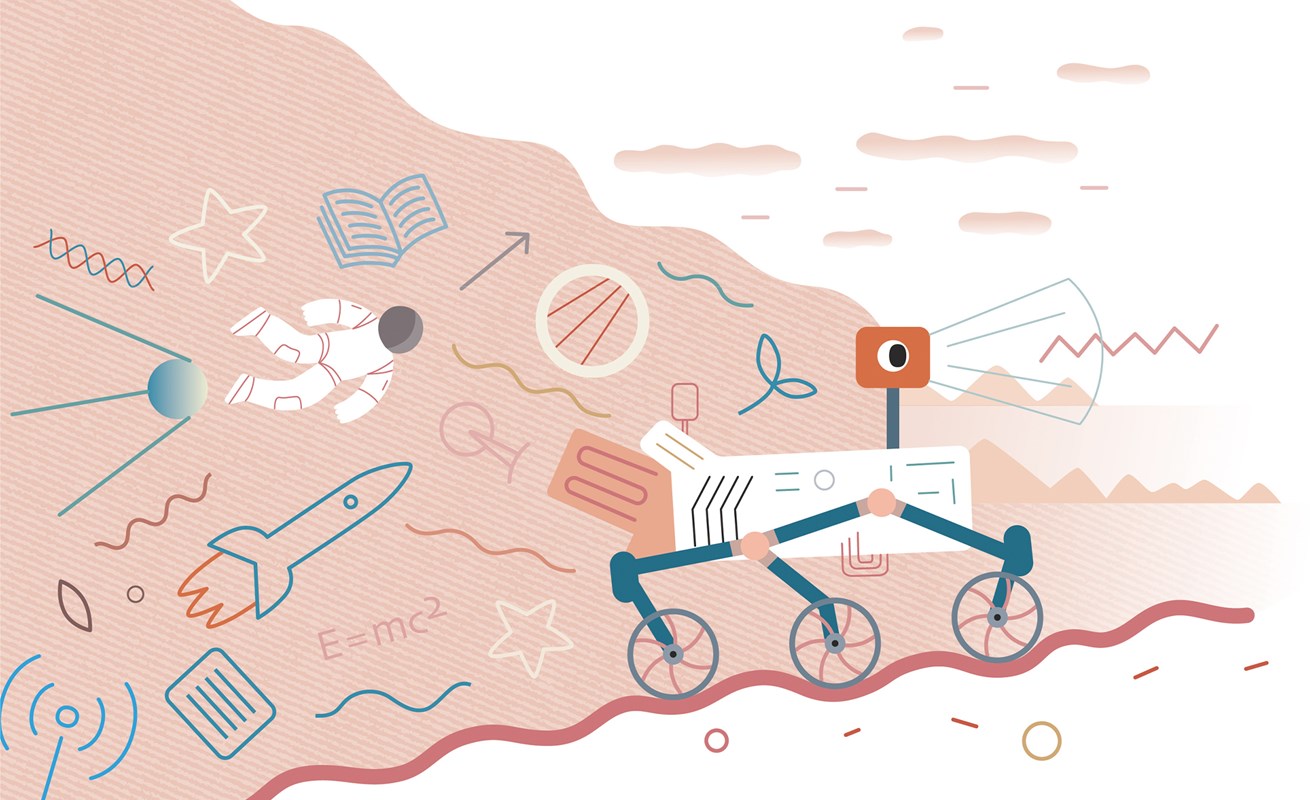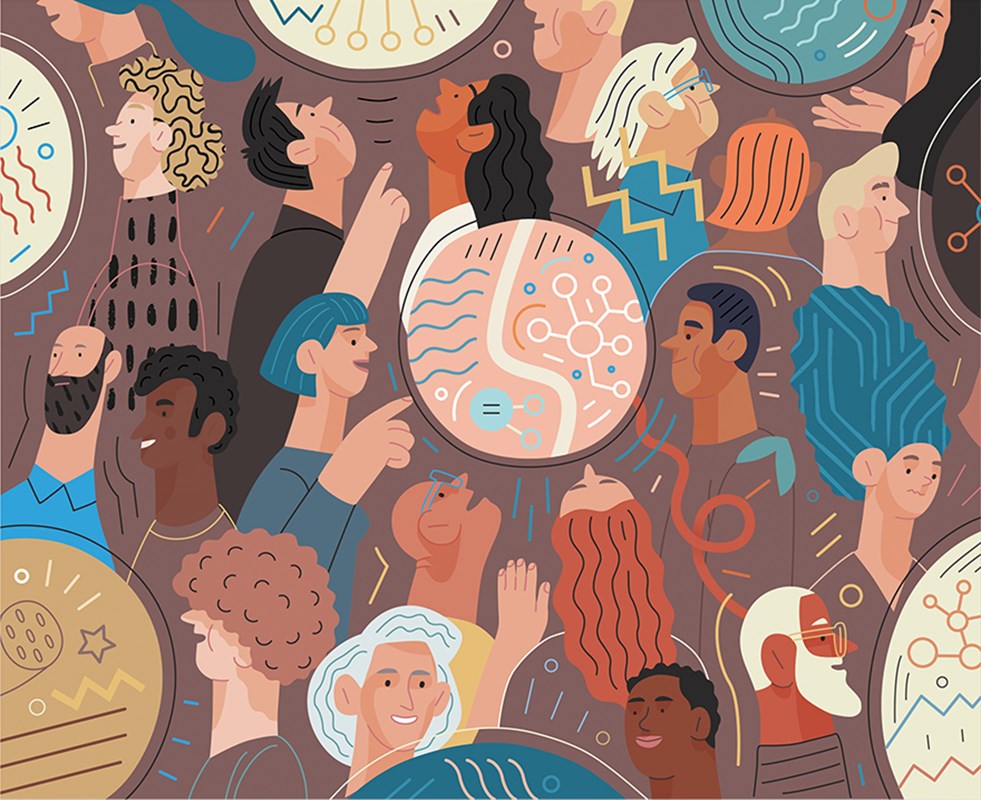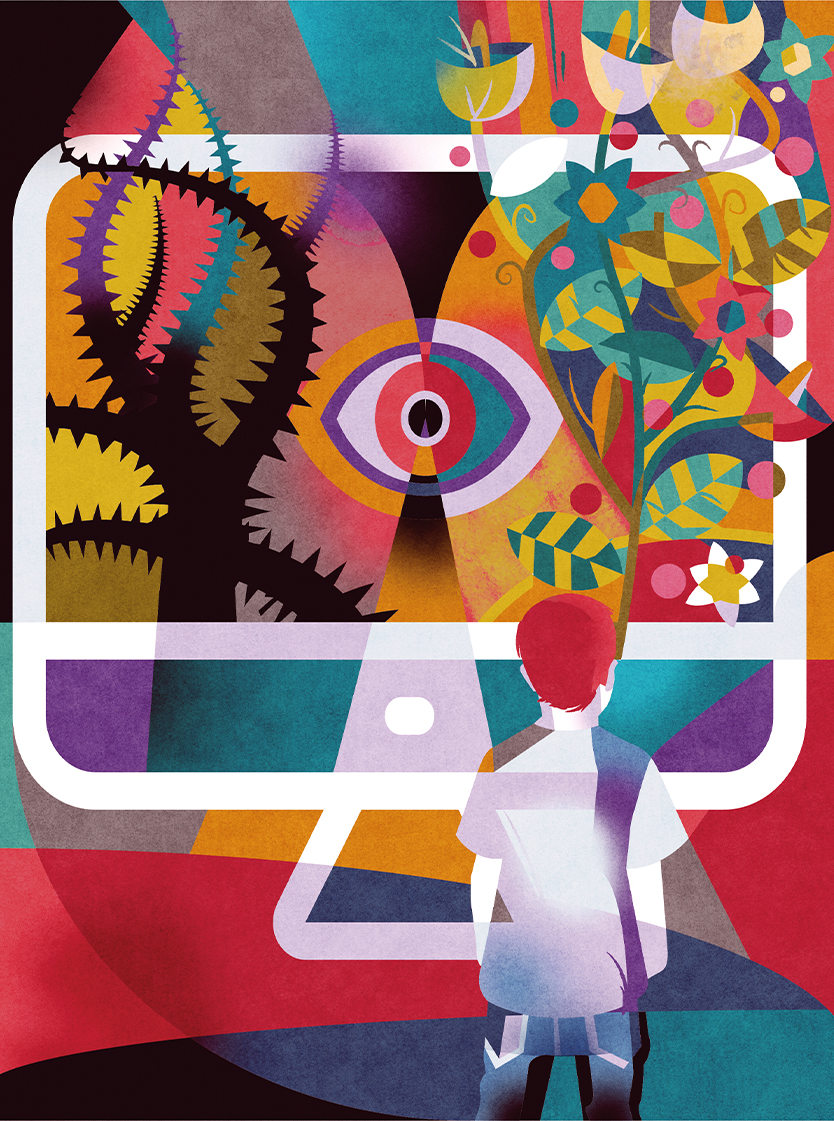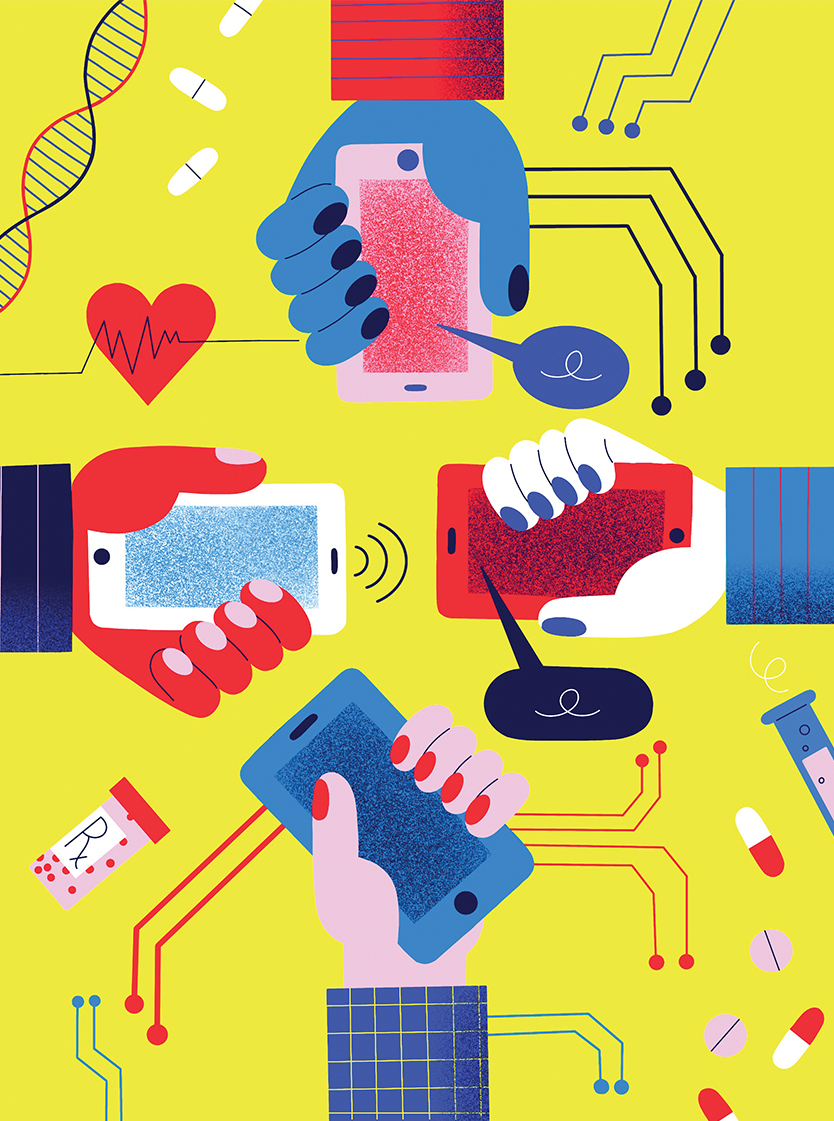Standing on the shoulders of giants
By Nikolaus Turner

Oksana Grivina

Meeting with, and learning from, today’s giants in the field of science and research alongside engaged and gifted peers is critical for the future of humanity and innovation, writes Nikolaus Turner, a board member of the Lindau Nobel Laureate Meetings, who is focused on the development of its ‘Mission Education’.
The motto of the Lindau Nobel Laureate Meetings is ‘Educate. Inspire. Connect’. The annual gatherings bring together many Nobel Laureates who have won their awards for the science disciplines, including economics, and a group of young scientists from around the world. With the interaction and mentoring that takes place, they inspire and pave the way for future development and new insights.
What started in 1951 has now developed into a global network that enables the trans-generational as well as inter-generational transfer of knowledge to understand the unknown and to discover the unseen. And, when we look a little closer, this is essentially because ‘we are standing on the shoulders of giants’, the essence of a quote by Sir Isaac Newton. It is an observation that is as true today as it was in 1675, and one that will live on into the future.
Innovations that enable our societies to live a modern lifestyle, or simply make everyday life easier, can often be attributed to progress in science and research. Above all, the results of applied science benefit us as consumers. But time and time again findings from basic research also play an important role.
When looking for examples, the reasons behind the award of the annual Nobel Prizes are a good starting point. In each of the scientific disciplines in which the Nobel Prize is awarded, one can find everyday applications that have emerged from the prize-winning research.
In the field of physics, for example, the research of the 2009 Nobel Prize winners on how fibre optics conduct light provided the basis for large-scale data transmission via the internet. With their work on lithium-ion batteries, the 2019 Nobel Laureates for chemistry made it possible to power all kinds of mobile devices, and a growing number of electrically powered cars as well. And, in 1945, the discovery of Penicillin, which marked a medical breakthrough in antibiotics, was honoured with a Nobel Prize. These are just three examples, but there are countless others — also from outside the Nobel world — and all are proof of how scientific innovations have changed our lives for the better.

“Today, ‘Perseverance’ means so much more than just the name of the rover on Mars!”
Nikolaus Turner
Which factors make important breakthroughs like these in science possible?
Let’s take the current example of Covid-19, a good one that illustrates the type of things that need to come together. First, with such an urgent and global need as the pandemic, the mobilisation of massive financial resources, and the freeing-up of capacity in laboratories, has helped pave the way for the rapid and successful development of vaccines to fight the virus. Secondly, there are the evolving methods of technical research, which are becoming ever more sophisticated and are already at a very high level. In the future, with the speed of computing power, algorithms and artificial intelligence, there is even greater potential for rapid innovation across all of the scientific disciplines.
Another decisive factor in any successful breakthrough is the human factor, and this might be due to many things. For example, the successful cooperation between diverse teams which is increasingly recognised as important. In addition, innovative scientists are generally characterised by their curiosity, a trait which is sometimes referred to as the ‘researcher’s instinct’. They also need to be able to stand up and oppose the scientific mainstream.
Nobel Laureate Stefan Hell, who won the prize for chemistry in 2014, challenged a supposedly irrefutable scientific law that had remained unchanged for over 100 years, ultimately succeeding with his breakthrough in the field of fluorescence microscopy. Today, ‘Perseverance’ means so much more than just the name of the rover on Mars! But that is not all: competition with other researchers is also important. Here, stamina, or going the extra mile, is critical. Or to describe the beauty of science with the words of the 101-year-old Nobel Laureate Edmond Fischer, awarded the Nobel Prize for physiology or medicine in 1992: ‘You always know where you start from, but you never know where you end up’.

Newton expressed the human aspect of successful research with his insight that one’s own success is essentially based on the knowledge learned by previous generations. If we examine this with the award of Nobel Prizes in mind, ‘Nobel Family Trees’ become evident, with many recent Nobel Laureates having been students of earlier Laureates who became their mentors. It’s a fact and holds true both over decades, and across different disciplines.
Mentoring, the exchange of information, and a platform to challenge concepts, are essential. The Lindau Nobel Laureate Meetings have paved the way for many of these human success factors in science, and they have now been doing so for 70 years. Since its formation in 1951 the Lindau Nobel Laureate Meetings have developed into a unique forum for dialogue and scientific exchange.
They are recognised for building bridges between talented scientists and for the transfer of knowledge between Laureates and young researchers. They represent excellence in science and are committed to international and intercultural discourse. Nobel Laureates and young scientists alike appreciate and enjoy the personal encounters and exceptional atmosphere, which we call the ‘Spirit of Lindau’.

This significantly advances the common ground for interdisciplinary research and enables scientific progress. There is a unique opportunity to get acquainted with Nobel Laureates in person during the meetings, and to be inspired by these incredible role models, whom the young participants would otherwise only have read about. It’s a once-in-a-lifetime experience and opportunity because the Lindau Meetings are about people, not papers, and building lasting global networks of talented young scholars and doctoral students who will continue to make an impact and innovate.
Numerous Nobel Laureates are committed to the ‘Mission Education’ of the Lindau Nobel Laureate Meetings, and we are deeply grateful for their dedication to this cause, and for their willingness to contribute to our projects. They help advance and accelerate learning and education through multi-generational dialogue, which is the guiding spirit of each event.
Having been forced to ‘online only’ for the last year, we are more convinced than ever before that the return of real meetings alongside these online activities is needed to spark further breakthroughs and inspirational thought. Face to face discussions thrive on contradiction and the exchange of points of view, and arguments.
When opposing opinions clash, it not only creates tension in a live audience, but it also leads to the furtherance of knowledge. Positions are questioned, perspectives changed, a question illuminated from a different angle: these in person sessions at our meetings, together with the informal exchanges during coffee breaks and the social events where everybody gets a chance to meet and mix, are an indispensable step for science and research in the quest to gain new insights. Personal encounters cannot be recreated online, digitally or virtually, with all their facets. They are literally unique in the true sense of the word — and that is how it will stay also for the Nobel Lindau Laureate Meetings.








